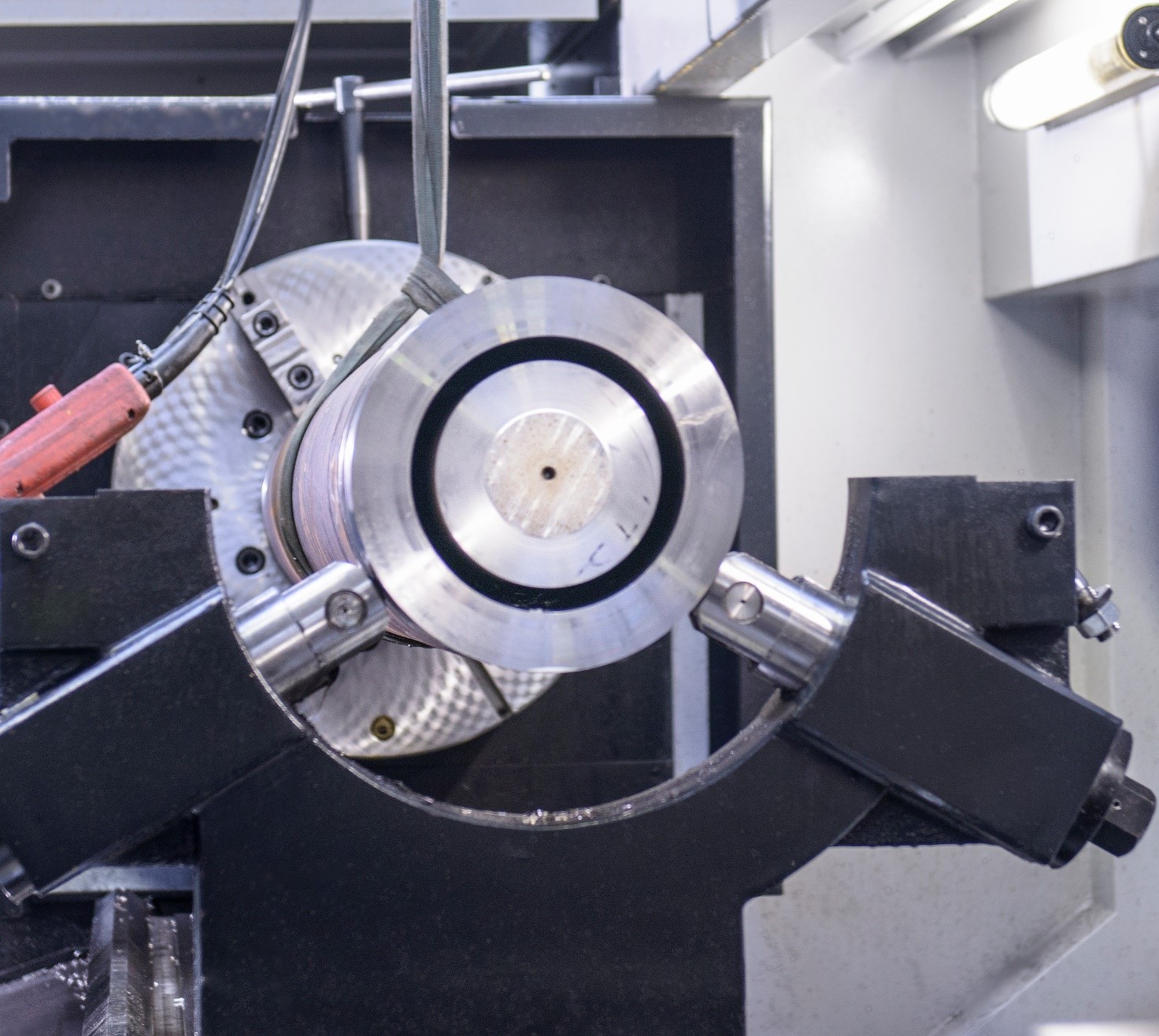
The recent discovery in Israel of a 3,500-year-old body which had undergone trepanation – the drilling of a hole in the skull to relieve head pain – is one of many examples of this primitive medical procedure that have been discovered by archaeologists. Fortunately, modern science has equipped doctors with the knowledge and skills to treat patients more safely, leaving trepanning to precision engineers in the oil and gas, machinery and heavy equipment, manufacturing, metal production and distribution industries.
In this guide, we’ll explain what trepanning is, its advantages over other deep hole drilling and boring methods, and when you should choose it for your manufacturing project.
What Is Trepanning?
Developed 65 years ago as a method for drilling deep holes in industrial projects, trepanning machining involves the use of specialised equipment, known as a trepanning tool, which serves two purposes: to remove a solid core from a piece of round bar or material, or to machine and then part off the outer sleeve of a billet.
When it comes to drilling large holes or removing substantial amounts of material, trepanning is the go-to method. Whereas gundrilling or deep hole boring removes the entire core and converts it to chips or swarf that cannot be reused, trepanning leaves the core intact as only the outer edges of the hole’s perimeter are cut away. This means that trepanning is a more cost-efficient and versatile solution that facilitates the drilling of large holes in a controlled and precise way.
What Are The Advantages Of Trepanning?
So, why should you consider trepanning machining instead of other methods of deep hole drilling or boring?
- Ideal for large-diameter holes: Trepanning delivers efficient and accurate results in projects that require holes with large diameters from several inches to a few feet, for example in the oil and gas industry.
- Energy-efficient: Compared with other boring methods, trepanning consumes less energy, even when drilling hard metals, as it’s more efficient and quicker to cut a ring-shaped annulus than to remove the entire core from the billet.
- Reduces waste: Because traditional deep hole drilling destroys the core, it cannot be reused, which increases project costs and results in greater waste. In contrast, trepanning preserves the core so it can be reused or recycled, which is especially important when machining expensive materials, such as titanium.
- Faster, more precise results: Trepanning delivers quicker results as the outer sleeve of a material can be removed in a single process, without the need for numerous passes. And, because the inner core isn’t converted to swarf during the drilling process, your team will save time as they won’t need to constantly clean away the swarf which can cause imperfections or interruptions.
Trepanning: The Best Solution For Large-Diameter Holes
If your industrial project requires large-diameter holes, or you need to reduce costs or reclaim valuable raw materials after boring, trepanning is the most cost-effective and efficient way to achieve outstanding results.
To find out more about our trepanning services or request a free quotation, please call Hone-All on 01525 370666 or send us an enquiry and one of our team will be pleased to assist you.







